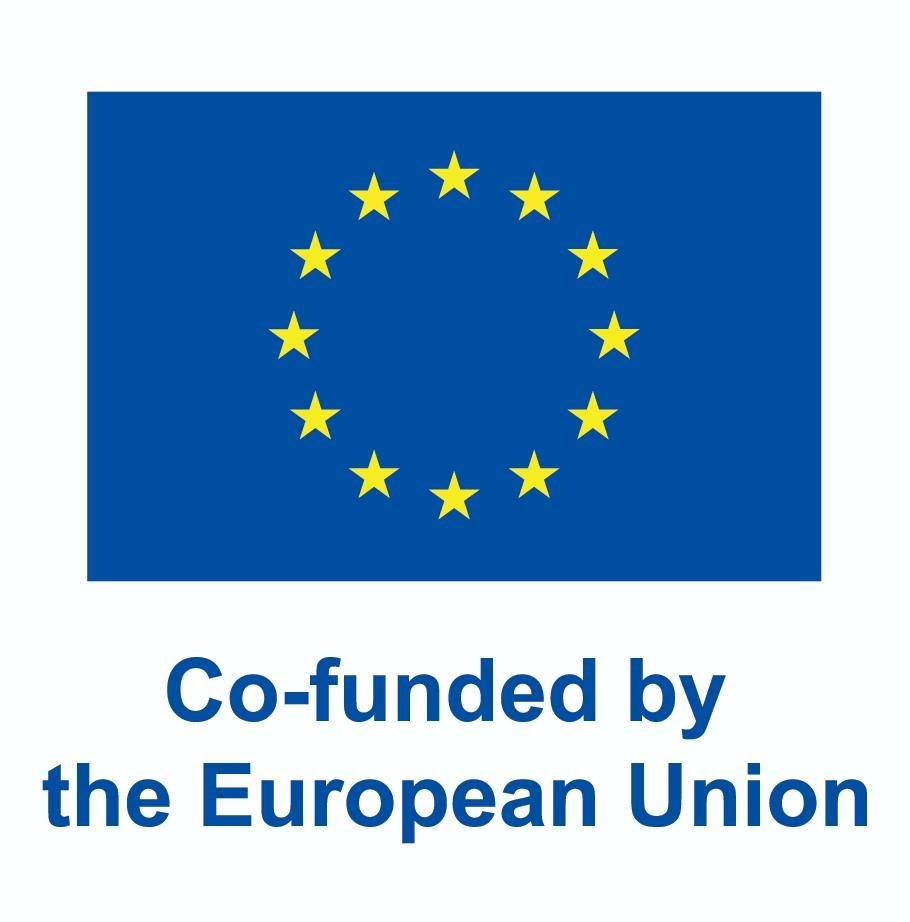The scale and scope of challenges created by Russia’s decade-long aggression against Ukraine makes the human rights dimension central to Ukraine’s recovery both during and after the war. This piece traces the Europeanization of the human rights dimension of Ukraine’s recovery and highlights the key opportunities and threats that emerge due to the tightening connection between Ukraine’s accession and recovery plans.
The close connection between EU accession and Ukraine’s recovery efforts has fostered a clearer, more coordinated approach to reforms and has enhanced donor engagement.
However, the EU’s focus on institutional support risks sidelining critical reforms in Ukraine’s substantive human rights law, e.g. aimed to improve the protection of the rights of internally displaced persons (especially as to housing); the reintegration of Ukrainian refugees abroad (especially those from occupied territories willing to return to the government-controlled area) and the rights of labour migrants from outside Ukraine.
Additionally, the EU’s top-down conditionality presents challenges, as some of the imposed requirements may lack broad societal support, such as the bill recognizing civil partnerships (same-sex unions). This dynamic risks fostering superficial reforms or selective compliance by the Ukrainian government, as it balances EU conditions, elite interests, and public preferences.
Human rights dimension of the national and EU plans for Ukraine’s recovery
Ukraine’s work on recovery commenced two months after the start of Russia’s full-scale invasion with the launch of the National Recovery Council as a consultative body under the President of Ukraine on 21 April 2022. In July 2022, the Council presented the 10-year National Recovery Plan blueprint (2022-2032, also referred to as the Recovery and Development Plan) at the first international Ukraine Recovery Conference (URC) in Lugano (Switzerland, 4-5 July 2022). The initial version of this Plan barely touches upon international cooperation and EU accession themes. It, therefore, presents an interesting example of an entirely domestic vision for the human rights dimension in Ukraine’s recovery. Notably, this does not mean that the EU accession will require a stronger human rights dimension; there may rather be a difference in the degree of attention to specific human rights issues and the level of detail in the presentation of the needed changes.
Since then, the intensification of EU-Ukraine collaboration and discussions at the next URCs in London (2023) and Berlin (2024) have resulted in the greater coordination between the Ukrainian and the EU visions for all aspects of Ukraine’s recovery, including human rights, as evident from the Ukraine Plan and Reforms Matrix presented in 2024. Table 1 illustrates the gradual ‘Europeanization’ of Ukraine’s recovery vision, stressing the ‘institutions-oriented’ shift in the human rights’ dimension of recovery based on the analysis of major Ukrainian and EU recovery-related documents and plans:
Table 1. Human rights in national and EU recovery plans
| Document | Human rights dimension |
| 2022 version of the National Recovery Plan
(the earliest available recovery-related document developed by the Ukrainian side) |
|
| The European Commission’s 2022 “Ukraine Relief and Reconstruction” Communication
(framework document, highlighting how the Commission plans to engage in short-term relief and long-term recovery measures for Ukraine) |
|
| 2024 Ukraine Facility Regulation
(Ukraine Facility (2024-2027) is a EUR 50 billion financial assistance package for Ukraine, including direct budget support, support for investment in Ukraine and technical assistance) |
|
| 2024 Ukraine Plan attached to the Ukraine Facility
(reform and investment strategy attached to Ukraine Facility that combines reforms, necessary for both Ukraine’s recovery and its EU accession) |
|
| 2024 Reforms Matrix
(analytical tool to manage reform implementation, introduced by the Cabinet of Ministers at the 2024 URC and integrating conditions, imposed by the EU and other donors, e.g. the World Bank) |
|
Table 1 demonstrates the growing ‘Europeanization’ of Ukraine recovery effort, illustrative of the emerging tight connection between Ukraine’s recovery and EU accession processes. This development does not only facilitate change in the scope of the human rights dimension of recovery but equips the EU with greater leverage to influence human rights in Ukraine. Building on this preliminary observation, the next section illustrates the opportunities and challenges which the tightening connection between recovery and accession presents for Ukraine’s human rights system.
Human rights within the accession-recovery nexus
In fact, the EU’s efforts to streamline Ukraine’s recovery and its EU accession does not come as a surprise, since these two processes share many common features:
- Forward-looking & transformational nature, i.e. the focus on conducting in-depth structural reforms with a view to EU accession and the ‘building back better’ principle of international recovery/ reconstruction efforts. This principle stipulates that the recovery process should go beyond the reparation of damage to physical infrastructure to make political, economic and social structures in a target country more resilient to future shocks.
- Massive involvement of international donors and the need for donor coordination. As ambitious transformation processes, both the recovery and accession processes tend to include various donors, not only the EU but also international organizations and development banks (e.g. the European Bank for Reconstruction and Development (EBRD)) and require coordination of their objectives, programmes and approaches to the delivery of funding.
- Nuanced interplay between political and technocratic components. Both the recovery and accession processes are influenced by the (geo)political dynamics in a recipient country, donor country and globally. At the same time, as exemplified by the Reform Matrix, developed by the Cabinet of Ministers of Ukraine, they are also very technocratic, and the implementation work is structured around specific deliverables and indicators.
Against this background, extensive EU involvement offers several important opportunities for improving Ukraine’s human rights legislation and institutions, namely:
- Common vision of the state-of-play and needed reforms, also for the purposes of donor coordination. The link between the accession and recovery provides for an in-depth dialogue between the EU, Member States and Ukrainian authorities and – according to the local ownership principle – civil society, business and academia – as to reform needs, priorities and challenges. Since the EU aspires to take the lead in Ukraine’s recovery process, the capacity and experience of its institutions can be utilized for better donor coordination, especially between the EU itself and its Member States.
- Conditionality as both a safeguard against human rights violations and an instrument to incentivize reform. As exemplified by the Ukraine Facility, the combination of accession and recovery paths of Ukraine and Ukraine’s dependence on external funds strengthen EU leverage vis-à-vis Ukrainian authorities, and such leverage can be used to block initiatives that may violate human rights (negative conditionality). Multiplicity and importance of incentives the EU offers to the Ukrainian government is also likely to enhance the effectiveness of its positive conditionality, i.e. the likelihood that the government will comply with EU requirements.
- Financial and technical assistance, especially for institution-building. EU’s and other donors’ financial and technical assistance is essential to keep Ukraine’s state sector functioning and increasing its capacity amidst the war, and the demand for assistance is likely to pertain in the post-war period. The assistance can be utilized both to strengthen existing institutions and create new ones, e.g. those which identify and return deported Ukrainian children.
At the same time, the fact that Ukraine’s human rights protection system is being reformed in the accession-recovery context brings about important threats.
- The ‘institutions-only’ focus. Though the 2024 Enlargement Report provides a nuanced discussion on the state of human rights protection in Ukraine (including the rights of vulnerable groups, such as IDPs), the most recent recovery plans pave the way predominantly for the institutional rather than substantive human rights law reforms. At the same time, the war and resulting societal change has created multiple implications for various population groups that require the update of existing or the creation of new legal instruments. This traditionally regards internally displaced persons who continue experiencing challenges with registration, housing and other aspects of reintegration, despite the 10-year history of Ukraine’s legislation on IDPs rights. Additional concerns arise as to the reintegration of Ukrainian wartime refugees, especially those coming from occupied territories and lacking accommodation at the government-controlled ones. Another immediate challenge occupation brings is finding a fair balance between protecting the rights of individuals who stayed in occupied territories and those who wilfully collaborated with the occupant power. From the recovery perspective, it is also important that Ukraine’s State Migration Strategy and related legislation takes into account the provisions of the Global Compact for Safe, Orderly, and Regular Migration, especially with regard to gender aspects and protecting migrants from various forms of exploitation. These examples testify to the need for a detailed mapping of vulnerable groups, their needs and the ways to address them through strategy development, legislative reforms and the planning of implementation. The 2022 National Recovery Plan offers an illustrative example of such an approach that was not, however, taken forward in the accession-recovery context.
- Top-down nature of EU conditionality and potential promotion of human rights conditions with low societal support. Even though the EU has a good knowledge of local context and debates in Ukraine (with only its Ukraine Service in the Commission employing over 70 specialists), conditionality is by its nature a top-down instrument. Therefore, especially in the post-war context, the EU’s conditions in the human rights domain may not necessarily be popular in Ukrainian society. This statement can be supported by two examples. First, as demonstrated by evidence from two decades of EU normalization efforts in Serbia / Kosovo, the Union may try to promote Ukraine’s dialogue with Russia or the Russian opposition in the West in the post-war context through political conditionality. Second, as in case with the Istanbul Convention, legislation regarding LGBTQ rights (e.g. such as the notorious same-sex partnerships bill) may also be not well-received.
- Reform imitation and manipulation by the government. EU researchers have documented many cases of partner countries’ governments’ reform imitation and selective adoption of EU rules. This threat also exists in the Ukrainian context and will increase if Ukrainian civil society and other stakeholders lack involvement in the formulation of reform priorities and the monitoring of reform implementation. This relates to human rights and other reform domains pertaining both to EU accession and recovery processes.
To conclude, the confluence of EU accession and recovery processes presents both opportunities and threats to Ukraine’s human rights system. Addressing the threats requires the EU and Ukrainian government to combine the institution-building focus with the work aimed to keep track of and improve Ukraine’s substantive legislation. The latter regards both the implementation of EU acquis (e.g. the Victims’ Rights Directive and the Directive relating to compensation to crime victims, as named by the 2024 EU Enlargement Report) and developing national legislation aimed at protecting the rights and meeting the needs of various vulnerable groups (IDPs, reintegrated persons, veterans, labour migrants). It is also important to keep the recovery and accession processes inclusive to avoid distancing between the EU and other donors, the government and stakeholders within Ukraine.
The material was created in the framework of the Jean Monnet Module INTEGTRADE, funded by the European Union. Views and opinions expressed are, however, those of the author(s) only and do not necessarily reflect those of the European Union or the European Commission. Neither the European Union nor the European Commission can be held responsible for them.

Photo: depositphotos.com/ua
Attention
The author doesn`t work for, consult to, own shares in or receive funding from any company or organization that would benefit from this article, and have no relevant affiliations



